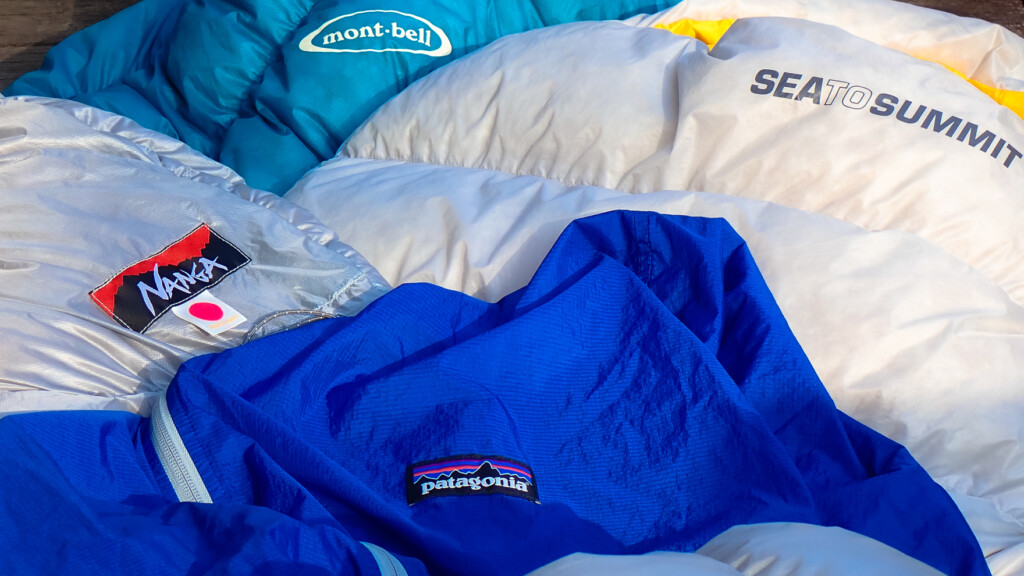
Comparison Review: Ultra-lightweight 3-season sleeping bag - A spectacular battle with a range of great items that are extremely light and warm -
On the previous page, we introduced a ranking of the models we compared, a list of ratings and specs, and recommendations based on them. From here, we will explain what criteria were used to evaluate the evaluation and why it was evaluated in that way.
table of contents
Detailed reviews of each item
Thermal insulation
When choosing a sleeping bag, heat retention is important, and the factors that measure the heat retention include the corresponding temperature notation, structure, down FP (fill power) and the amount of enclosed.
Corresponding temperature information
An essential indicator when choosing a sleeping bag is the unified heat retention display standard EN13537, which is unified in EU countries. Many sleeping bag manufacturers adopt this labeling standard, making it possible to easily compare items from different manufacturers. Mont-bell, which had previously measured and displayed temperatures using its own standards, has also been changing its display in accordance with EN13537 since 2014. Of the four items reviewed this time, three manufacturers (excluding Patagonia) use labels based on ENS13537. Since ENS13537 is based on Westerners in the EU countries, there are questions as to whether it can be applied directly to Japanese people with different physiques and temperatures, but there is no doubt that it will be the easiest indicator to use when purchasing. Patagonia's hybrid sleeping bags , we will leave this evaluation unknown as the temperature of the half-body sleeping bag changes depending on the layering of the upper body. Additionally, Nanga uses the ENS13537, but for some reason, this Minimum series is based on its own standard and has an expected operating temperature of 0°C. This is just my personal guess, but if we consider the expected operating temperature of 0°C, which is based on Nanga's own standard, as the comfort temperature for the ENS13537, Minimum 180 is the warmest weight ratio, which means that it has excellent heat retention. *Patagonia temperature display standards and standards have not been announced
structure
Next, we would like to look at the heat retention properties based on the structure of the sleeping bag. The structure of a sleeping bag can be broadly divided into two categories: a single quilt structure and a box quilt structure. In contrast to a simple single quilt structure, where cylindrical chambers packed with down are sewn together at points, the box quilt structure has the characteristic of preventing cold spots and preventing cold air from being transmitted.
The single quilt structure also has the advantage of being lightweight and compact in storage. Of the four items we tested this time, only the Minimum 180 has a single quilt structure, with the hybrid sleeping bag and the Down Hager 900#3 being a box quilt structure. Spark Sp II is a hybrid with a box quilt structure on the upper body and a single quilt structure on the lower body. My personal guess is that the cold toes I Spark Sp II may have been due to this single quilt structure.
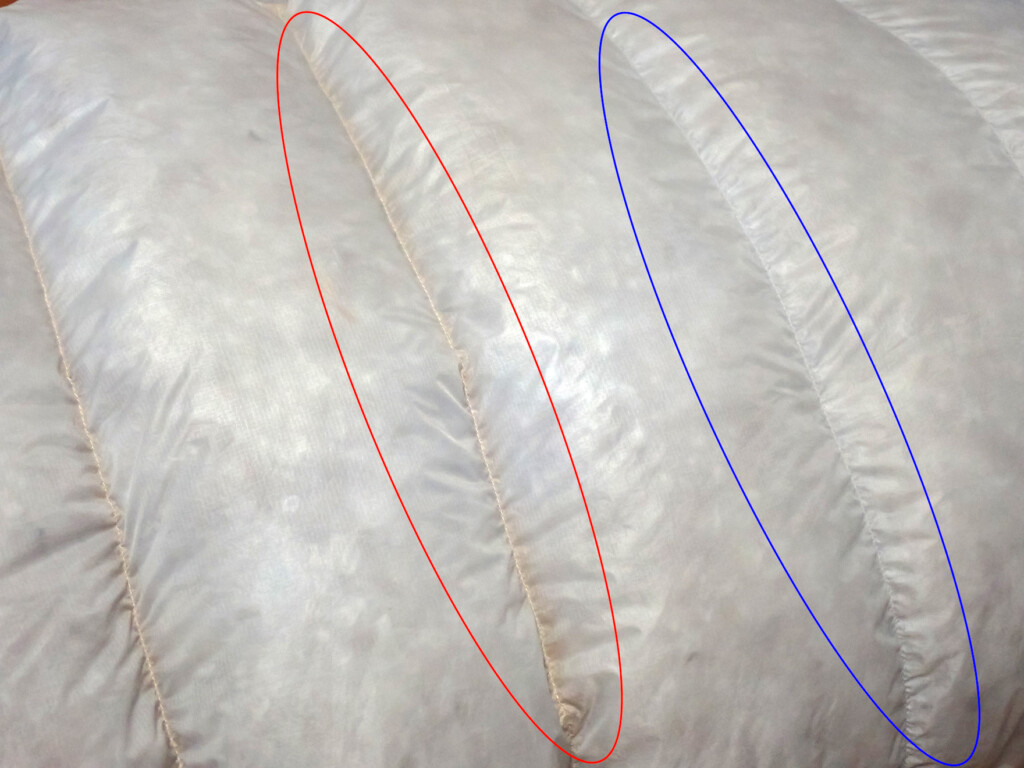
Spark Sp II. The single quilt structure (red circle) allows the lining (yellow) to be visible through the seams, making it easy to become a cold spot. The box quilt structure (blue circle) does not allow the lining to be seen and does not easily become a cold spot
the Minimum 180 a concern , but in this model, by fitting it to your body, the temperature inside the sleeping bag is increased, resulting in a lack of coldness. In any case, it is certain that the structure of the sleeping bag is a supporting feature of the temperature description.
Down FP (fill power) and enclosed amount
FP (fill power) is a unit that shows the bulkiness of down, and is a unit that shows the degree of swelling in cubic inches when 1oz (approximately 28.3g) of down is placed in a cylinder and applied to a certain level of load. If it is 600 fill power, it means that 1 oz (approximately 28.3 g) of feathers have expanded to a volume of 600 cubic inches, and the higher the number, the better the quality of down. The larger this volume, the lower will contain air (dead air), which will increase the heat retention. All four items tested this time seem to use high-quality down, exceeding 800FP. Among them the Minimum 180 is made from the highest quality 930FP goose down of the four items. The Minimum 180 and Spark Sp II are also shown in the specifications for the down usage, but the Minimum 180 , which uses less than 100g, felt warmer than the size. It seems that the two hybrid sleeping bags (850FP) and the Downhagger 900#3 In an individual review, the Down Hager 900# 3 and the 800#3, but I wonder why 900, which uses down, which is higher than the 800, have the same value as the 800 on the temperature display... While researching around, I came across a list of down usage on Mont-bell's overseas websites. Unfortunately, among the items available overseas, there are no #3 models that are common to both the 800 and 900, and instead, the #5 comparison is used in the 800#5 down, which is 230g, compared to 900#5 down usage, which means that 900#5 is 200g, which means that by increasing the quality (fill power) of the down, it is made lighter by reducing the amount of use, and the temperature display with the same number of values is achieved. Until then, the perception was that "the down usage (g) was the same for both 800 and 900, and that the sleeping bag would expand to a full extent due to the higher the FP (fill power), but it appears that this perception was incorrect.
Lightweight (weight)
Light equipment reduces the strain on your body, so just like other mountaineering equipment, a light sleeping bag is better. The situation where you use a sleeping bag is a tent area, and except in an emergency, there is no chance of a chance of being on foot while walking, so it is even more lightweight.
This time, the selection stage is around 500g, so all four items can be said to be light sleeping bags, but the only item in the 300g range the Minimum 180 . This advantage is over 100g lighter than the rest, and is a very big item that is worth noting not only for UL (ultra light) climbers. Next is the lightest one, Spark SpⅡ, but as mentioned in the structure, I think this has been reduced in weight by using a single quilted lower body. From the perspective of light weight, the single quilt structure is excellent in weight because there is less fabric to use, and the box quilt structure is lacking in weight because it has a partition inside the box that prevents down from being biased. the hybrid sleeping bag which was the heaviest out of the four items , it was an item that was intended to be a bivouac for alpine climbing, so I would like to add that it was an overwhelming disadvantage.
Comfort
The comfort required of a sleeping bag depends on the comfort (easiness to sleep), but although the materials for the interior walls of the sleeping bag differ from manufacturer to manufacturer, there is no significant difference, and each of the four items gives a smooth, soft look. the Minimum 180 a bad idea . Depending on your physique, you can hardly move inside the sleeping bag and can't expand your legs, so it can be said that comfort is low. Although it is only 3cm wide, it is understandable that the height is the lowest of the four items. In contrast, the Down Hugger 900#3 is highly elastic, allowing you to move your body freely inside the sleeping bag, and your feet can easily be expanded to about the shoulder width. Since the hybrid sleeping bag Spark SpⅡ sleeping bag for half-body sleepers is that they lock in heat retention and come with a drawcord at the waist, but it is also worth noting that by tightening this drawcord, it prevents the insulation and sleeping bag from slipping, resulting in increased comfort.
Portability (storage)
There are a lot of equipment to climb a tent that requires a sleeping bag, and packing is also quite a bit of effort. Just like its lightness, it is best to avoid the fact that sleeping bags, which are only available in tent locations, will have a stronger presence inside the backpack. This is common to all equipment other than sleeping bags, but if it becomes compact, the capacity of the backpack will be smaller, resulting in lighter weight. Since it's a mountain climbing sleeping bag, it's only natural that all four items come with storage bags, so there's no complaints about each one. However, what I want to pay attention to is Spark SpⅡ . This Spark Sp II storage bag has a compression function, and by compressing it, you can further reduce the storage size. Before compression, the volume is thought to be the largest of the four items, but after compression it changes to the smallest size.
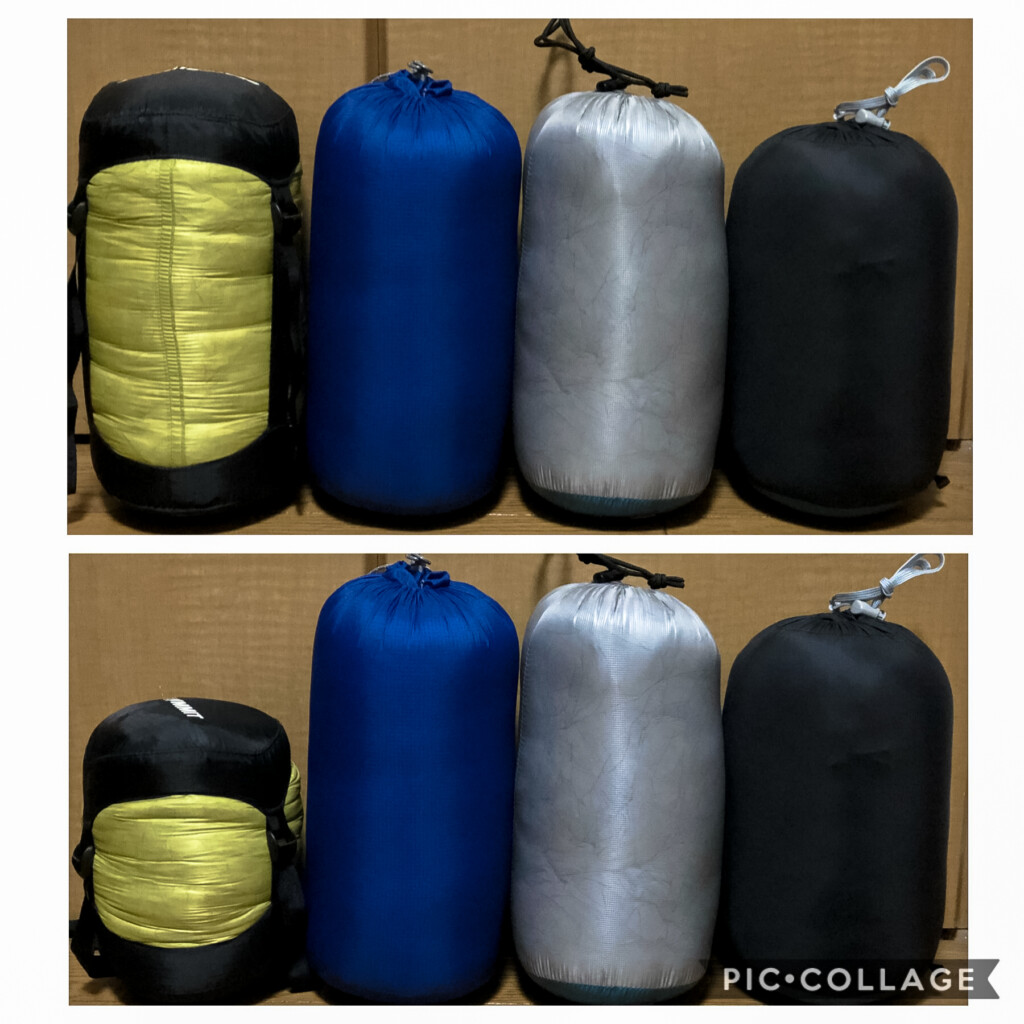
Compare sizes of 4 items. Above: Before Spark Sp II compression. Bottom: After Spark Sp II compression.
This test was conducted to use one item per night, but it can also be said that this compression function allowed us to pack multiple items over two or more nights. Of course, by preparing a separate compression bag, it is possible to make the other three items even more compact, but I feel that the storage bag with compression function as an accessory is a big deal in terms of cost, and since it is an original product, it is not possible that the size does not fit.
Functionality
Here we will look at ease of use. First, about the zipper. The Down Hugger 900#3 and Minimum 180 use a reversible slider that can be opened and closed from both the front and back with a single pull. I'm sure there are some preferences, but personally I find this type easier to use. All items have been designed to prevent the fabric from getting bitten, but Spark Sp II the opening is folded back at the top of the zipper (shape similar to the chin guards on hard shells, etc.), which is nice with the finer ingenuity to prevent the slider from coming into contact with your body.
Additionally, the zipper length the Minimum 180 , and is about 1/3 of the total length, but it was not so much of an inconvenience. A reverse-open zipper that can be opened and closed from the lower body allows you to adjust the temperature inside the sleeping bag, but my honest impression is that it cannot be said that it is necessary when considering its lightweight and heat retention. Next is water-repellent, Spark SpⅡ uses water-repellent down, while the hybrid sleeping bag has a water-repellent surface material. For the other two items, it seems that both the down and surface materials are not water-repellent. It seems there's no problem if it's just water droplets that are condensed, but if possible, we recommend using it with a water-repellent finish. Finally, regarding the usability of the hood, the Minimum 180 have drawcords, so you should use them effectively to prevent the cold of the head. The Minimum 180 does not have a drawcord, but the hood itself is also made tight, so the exposure range is narrow and I felt it would not have that much effect.
Versatility
A sleeping bag that is not cheap at all. If you're going to buy it, I'm sure many people will want to continue using it for a long time during the season. This review includes items that can be expected to be useful as a sleeping bag for three seasons, so I think it can be said that it is a highly versatile model, but I feel that the hybrid sleeping bag can also be used as a sleeping bag for three seasons through layering, and it has a wide range of possibilities in that it can also be used for the original concept of alpine climbing. Spark SpⅡ has a high temperature compatible, so compared to other items, the usage situation and timing is limited, but SpⅠ from the same Spark series is also considered to be used as a liner, and can also be used as a liner in the harsh winter. In fact, I heard that a friend of mine is using Spark SpⅡ as a snow camping sleeping bag with other companies' products and using it on Nicoichi. Spark SpⅡ seems to be useful for camping scenes where there is more luggage than mountain climbing. On the other hand, the Minimum 180 is structurally difficult to regulate temperature, and I felt that it was a bit difficult to create a comfortable sleeping environment, especially when used in hot environments.
summary
Although they share the same goal of ensuring a comfortable sleep, each user's style, their individual constitutions, such as heat and cold, and their equipment, are different, so it is difficult to say that this sleeping bag is the best option for general purposes. It is important to actually go in and try it out at a store, but one of the factors that makes it difficult is that it is far from the environment in the mountains used. I feel that the best way to choosing a sleeping bag is to be sure to be aware of your priorities, such as points you don't want to compromise on and points you can compromise on. Although it is from my own perspective, I would appreciate it if you could use it as a reference.
Saito Hiroaki
 Lives in Saitama Prefecture. Fascinated by the Shimono Corridor of Kurobe Gorge, he has been obsessed with mountain climbing since he turned 30 and is still in the process of developing the area. I use my natural curiosity and exploration as a front, and I try to enter the mountains if I have time to cover my lack of experience points. He has a strong desire for material things and is always happy and sad when he makes impulse purchases that he doesn't think about the future. We will share the charm of the gear with such trials and errors.
Lives in Saitama Prefecture. Fascinated by the Shimono Corridor of Kurobe Gorge, he has been obsessed with mountain climbing since he turned 30 and is still in the process of developing the area. I use my natural curiosity and exploration as a front, and I try to enter the mountains if I have time to cover my lack of experience points. He has a strong desire for material things and is always happy and sad when he makes impulse purchases that he doesn't think about the future. We will share the charm of the gear with such trials and errors.
Looking for reviewers
Outdoor Gearzine is always looking for members who love the outdoors and would like to write reviews about outdoor equipment. For more information, please this REVIEWERS page !


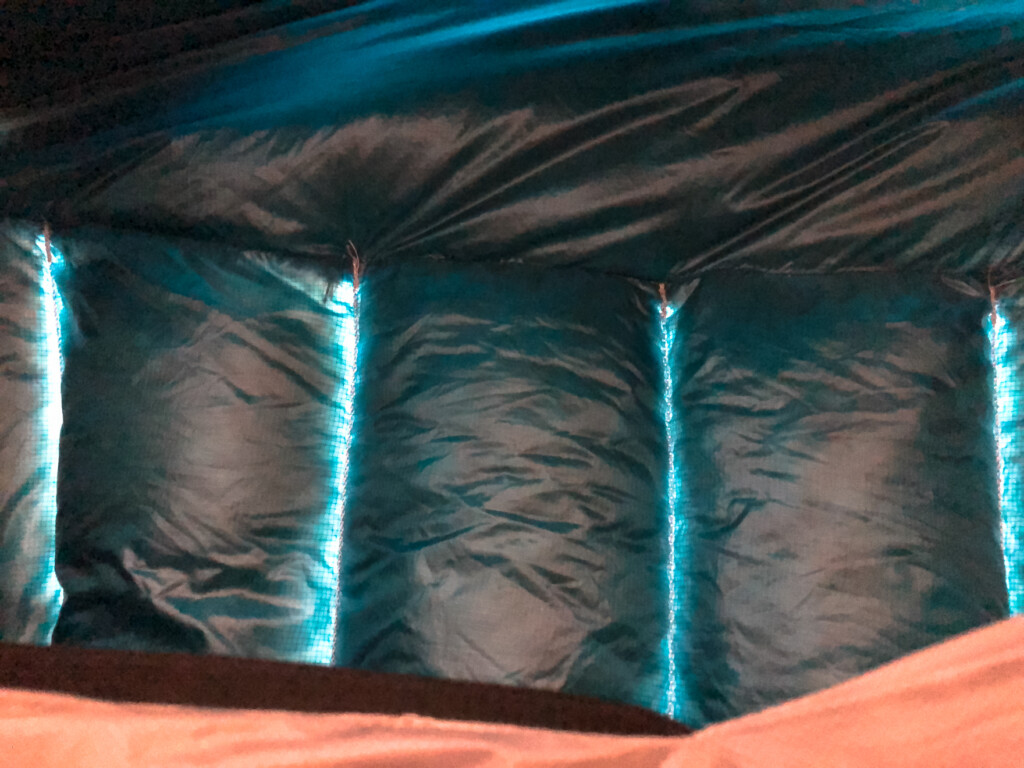
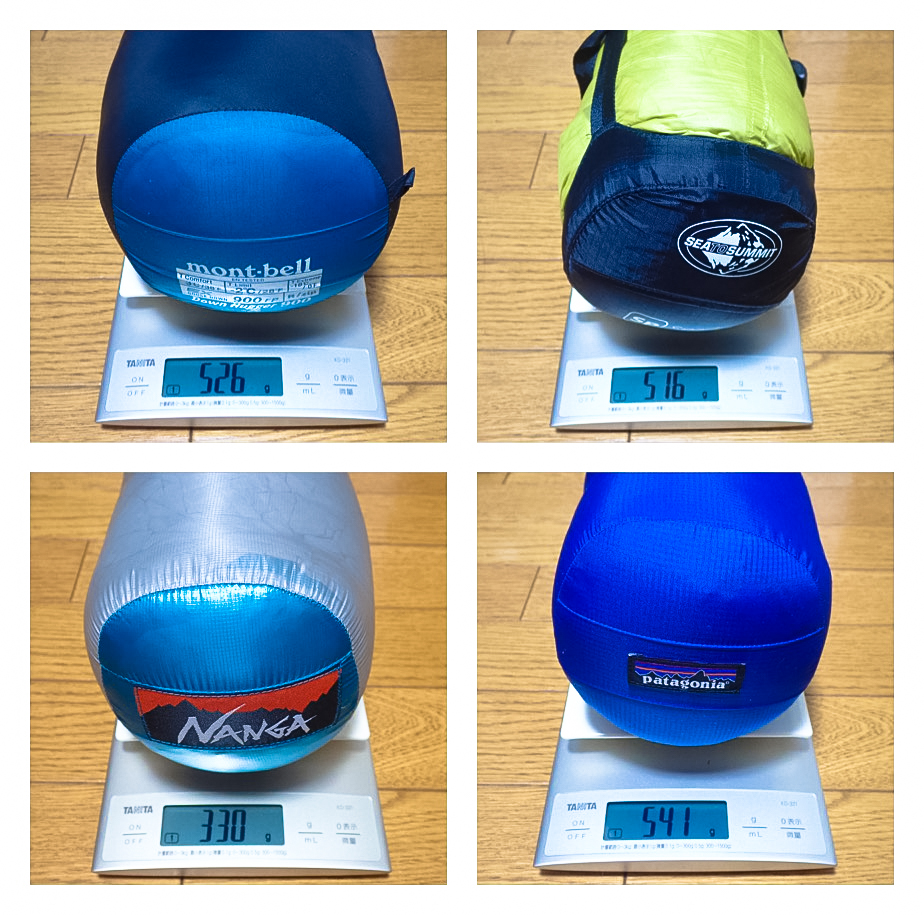

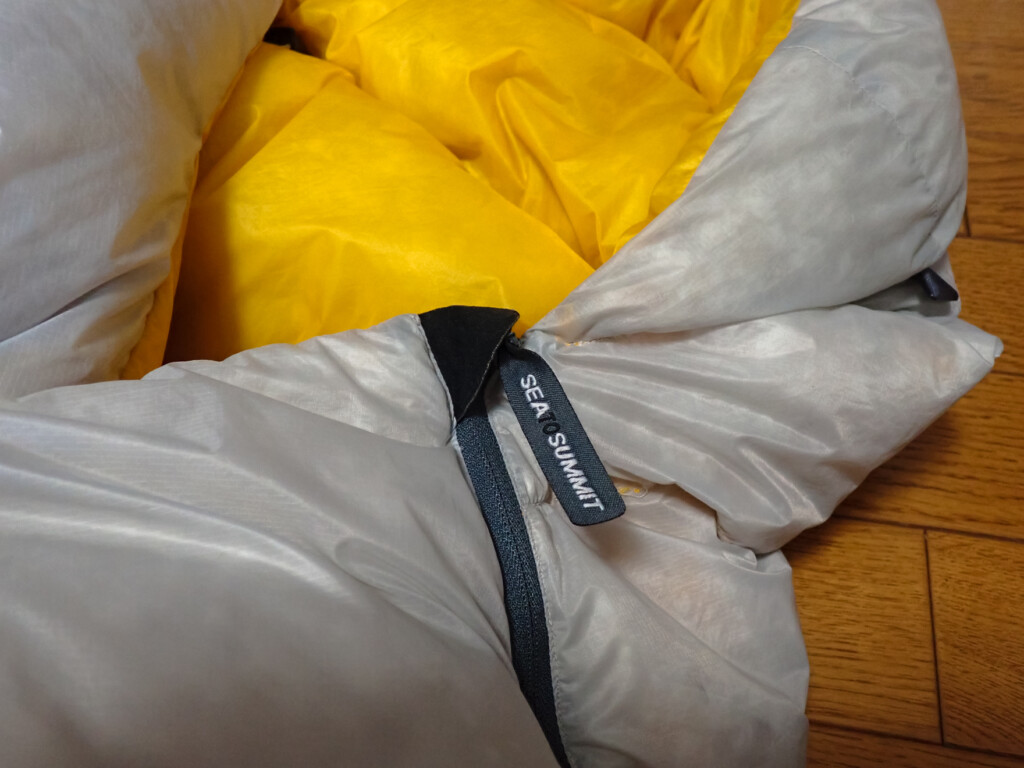
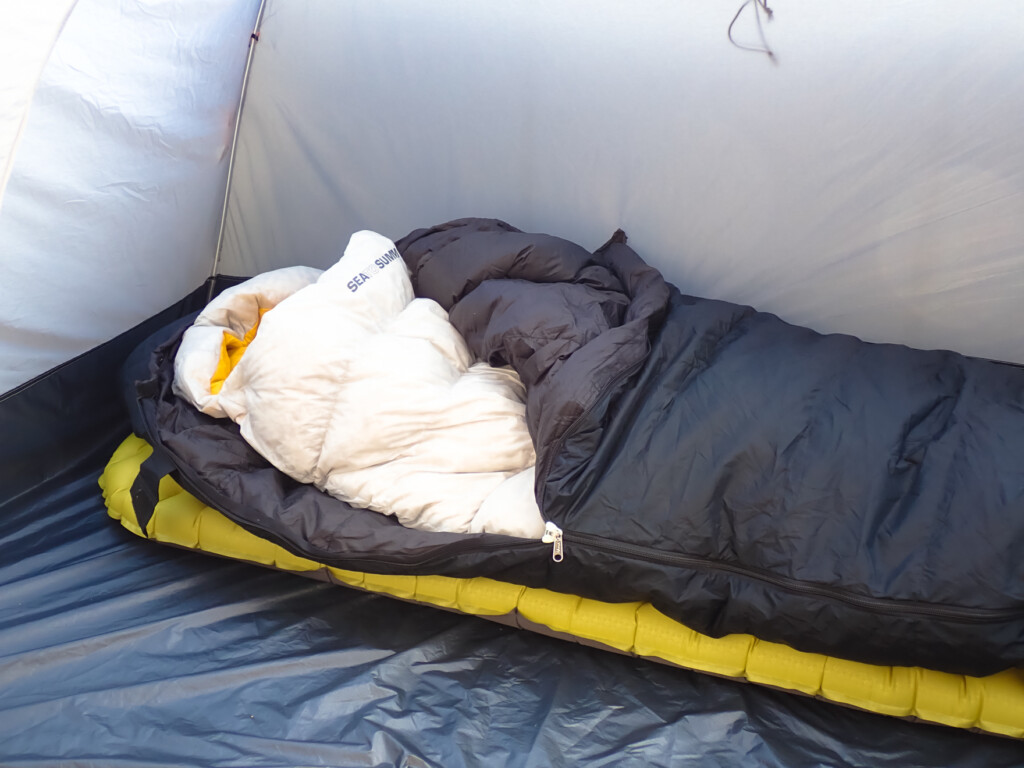
 Comparison Review: Summer Sleeping Bags What is the abilities of Montbell's latest high-tech sleeping bags? Comparing it with popular domestic models
Comparison Review: Summer Sleeping Bags What is the abilities of Montbell's latest high-tech sleeping bags? Comparing it with popular domestic models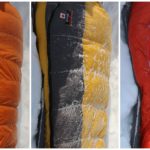 Comparison review: Winter Down Sleeping Bags Who did you get a warm, calm sleep even in the extremely cold winter mountains?
Comparison review: Winter Down Sleeping Bags Who did you get a warm, calm sleep even in the extremely cold winter mountains? "Nemo and everyone will start a tent hike" About camping items that can be experienced at the tent hike event in May
"Nemo and everyone will start a tent hike" About camping items that can be experienced at the tent hike event in May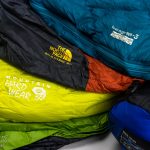 Warm your body from the core with the perfect sleeping bag (sleeping bag) - How to choose and 8 recommended items -
Warm your body from the core with the perfect sleeping bag (sleeping bag) - How to choose and 8 recommended items -